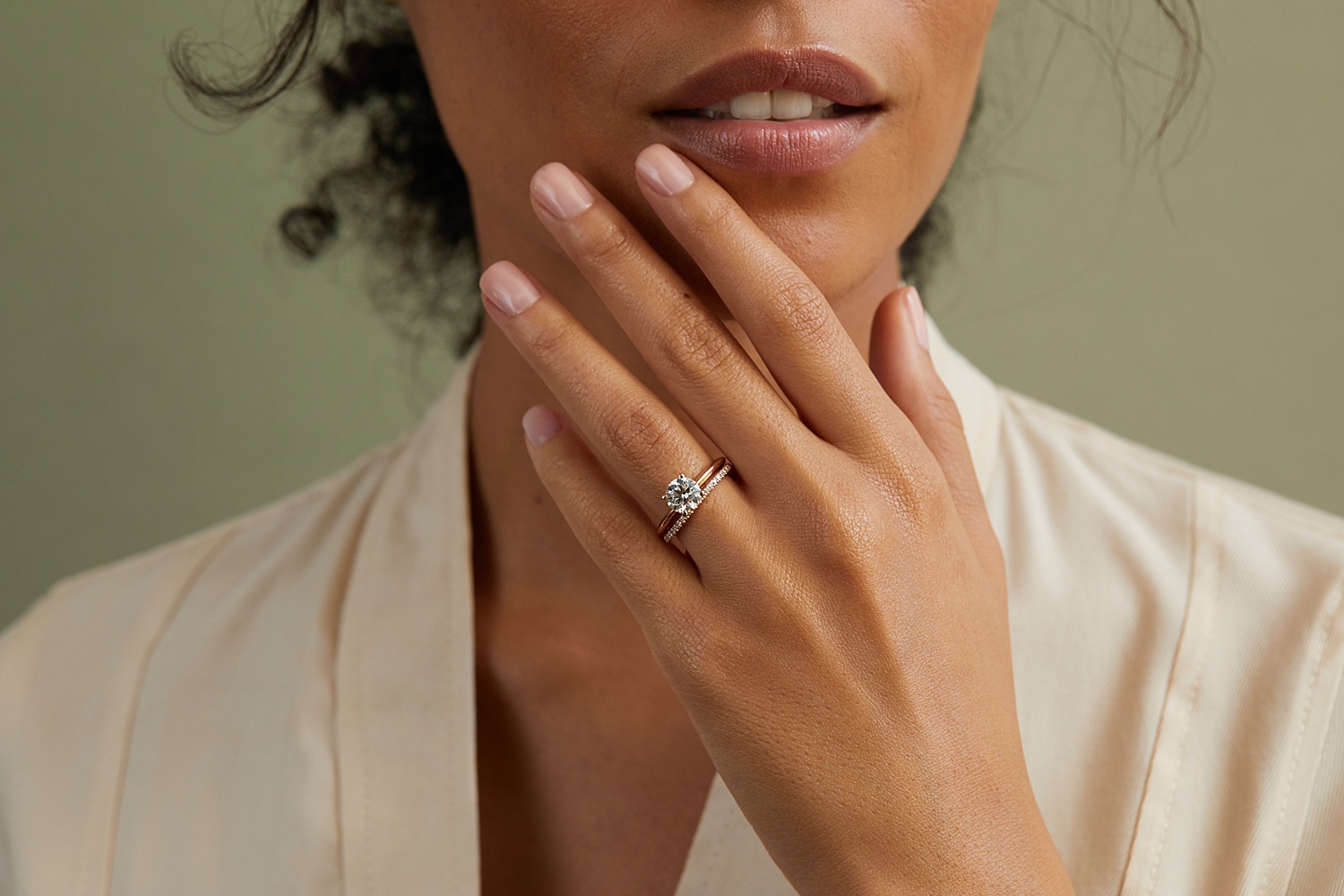Lab-grown diamond rings are taking the jewelry market by storm, offering an ethical and sustainable alternative to natural diamonds. These diamonds, also known as synthetic or cultured diamonds, are created in a laboratory under controlled conditions that mimic the Earth’s natural processes. With their remarkable resemblance to natural stones, lab-grown diamonds have gained popularity among conscientious consumers. This blog post will guide you through the process of choosing the perfect lab-grown diamond ring, considering various factors such as composition, shape, carat weight, metal options, color, clarity, cut quality, and budget considerations.
Understanding lab-grown diamonds: Composition and creation process
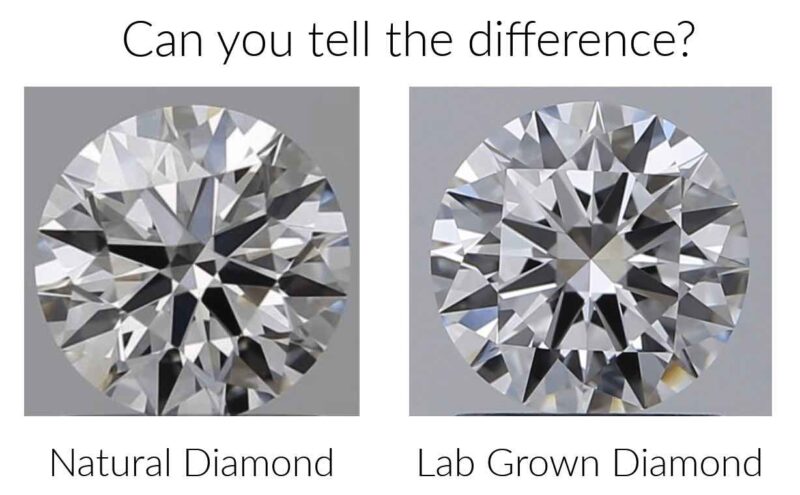
Lab grown diamonds share the same chemical composition as natural diamonds, consisting of pure carbon atoms arranged in a crystal lattice structure. The key difference lies in their origin. While natural gems are formed deep within the Earth over millions of years, they are created through two methods: High Pressure-High Temperature (HPHT) and Chemical Vapor Deposition (CVD). HPHT involves subjecting a small gem seed to extreme pressure and temperature, while CVD involves depositing carbon onto a gem seed using a carbon-rich gas. Both methods produce stunning them with exceptional clarity and brilliance.
The advantages of choosing lab-grown diamonds over natural diamonds
Opting for lab-grown gems brings several advantages. First and foremost, they are a more sustainable choice. They have a significantly lower environmental impact, as their creation doesn’t involve harmful mining practices. Additionally, they are free from the ethical concerns associated with natural stones, such as human rights violations and conflict financing. Furthermore, they offer excellent value for money, typically costing around 30-40% less than their natural counterparts. With them, you can have a stunning and meaningful ring without compromising your values.
Determining the right diamond shape for your style
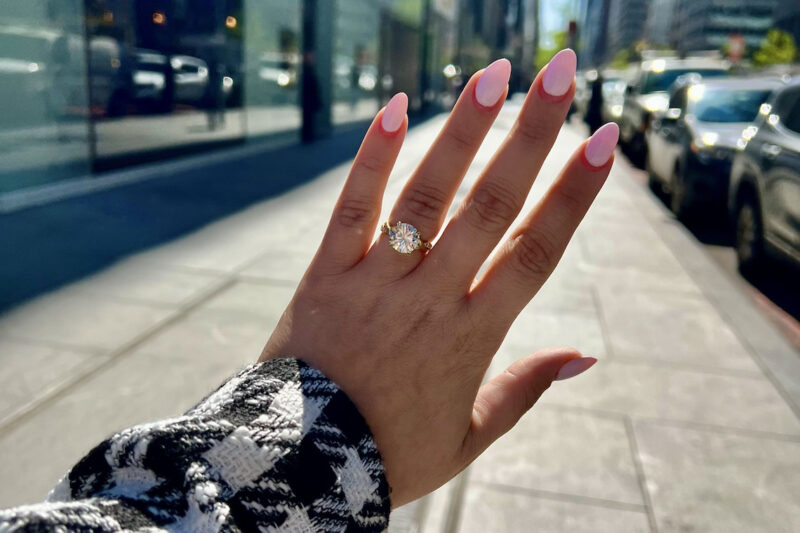
The shape of a diamond is a crucial aspect of choosing the perfect ring. From classic round brilliant to the elegant princess and unique marquise cuts, there is a wide range of options to suit different preferences. Each shape has its characteristics, reflecting light differently and creating distinct visual effects. Consider your style, as well as the wearer’s hand shape and finger length, when selecting a shape. Experiment with various shapes to find the one that resonates with your aesthetic sensibilities and showcases the beauty to its fullest potential.
Exploring the various carat weights and their impact on ring size
Carat weight plays a significant role in determining the size and visual impact. Carat weight refers to the mass, and it directly influences the size and perceived value of the stone. However, it’s essential to strike a balance between carat weight and other factors like cut quality and ring style. A smaller stone with excellent cut and clarity can often appear more stunning than a larger gem with lower quality. Consider your budget, personal style, and the wearer’s preferences when deciding on the ideal carat weight for your l ring.
Choosing the perfect ring band: metal options and styles
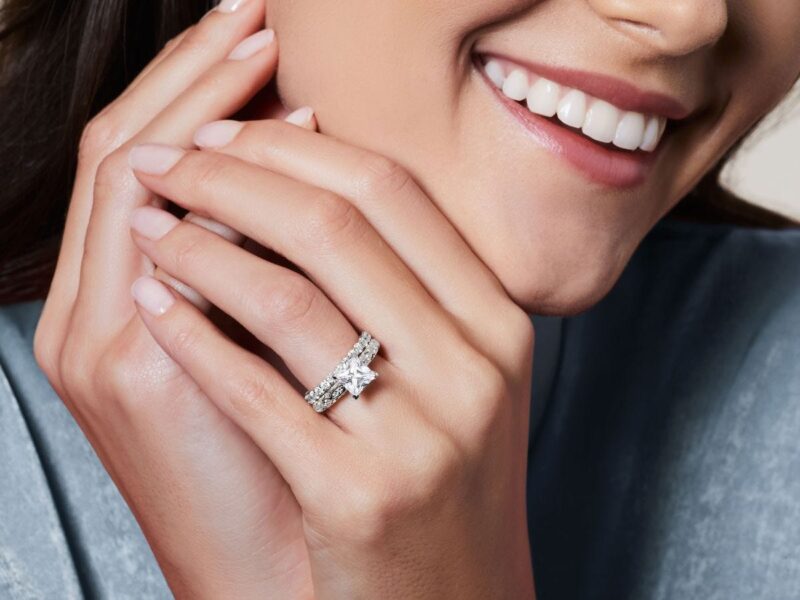
The ring band is the foundation that complements and enhances beauty. When selecting a ring band, consider the metal options and styles available. Popular choices include platinum, white gold, yellow gold, and rose gold, each with its unique characteristics and appearance. Consider factors such as durability, maintenance, and color compatibility with your chosen diamond. Additionally, explore various band styles, such as solitaire, halo, pave, and vintage-inspired designs. The band should complement the gem while reflecting your style and creating a harmonious overall aesthetic.
The significance of color and its role in ring selection
The color of the stone should be taken into account while selecting a piece of lab-grown jewelry. Gemstone color is rated by the Gemological Institute of America (GIA) on a scale from D (colorless) to Z (light yellow or brown). Despite the high value of colorless stones, the choice of hue is arbitrary and depends on personal preference. The appearance is also influenced by the ring band’s metal color. For instance, a colorless stone set in yellow gold may appear warmer. To strike the ideal balance and produce a lab-grown diamond ring that is aesthetically pleasing, take into account the required color grade and the band’s general design.
Assessing diamond clarity: What to look for in a lab-grown diamond
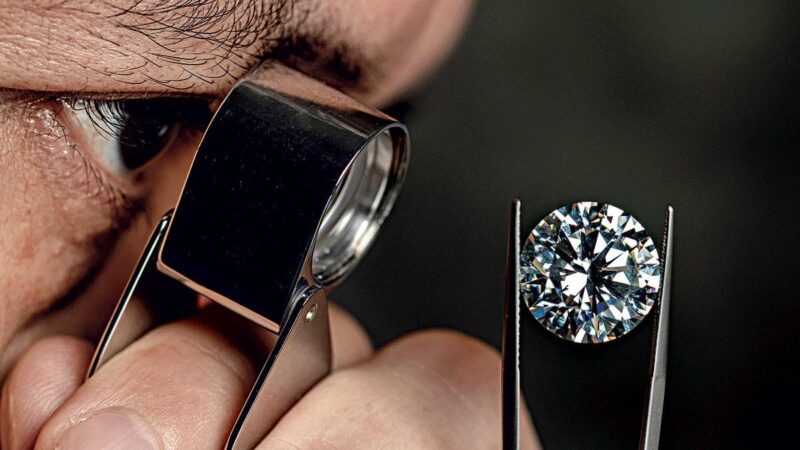
Diamond clarity refers to the presence of internal or external imperfections, known as inclusions and blemishes, respectively. The GIA grades gem clarity on a scale from Flawless (no inclusions or blemishes visible under 10x magnification) to Included (inclusions visible to the naked eye). When choosing it, prioritize clarity characteristics that are eye-clean or have minimal impact on the stone’s beauty. Consider the location, size, and quantity of inclusions and blemishes, ensuring they don’t compromise the stone’s overall appearance and durability.
Considering the cut quality for maximum brilliance and sparkle
The brilliance, sparkle, and overall beauty of a lab-grown gem are substantially influenced by its cut quality. A well-cut diamond has great brilliance and fire because it reflects and refracts light in the best way possible. A scale from Excellent to Poor is used by the GIA to rank diamond cuts, taking into account things like dimensions, symmetry, and polish. To guarantee that your lab-grown stone displays the greatest amount of brightness and brilliance, aim for an Excellent or Very Good cut grade. Even a gem with a small carat weight might appear more beautiful and precious with a well-cut gem.
Budget considerations: How to find the perfect lab-grown diamond ring within your price range
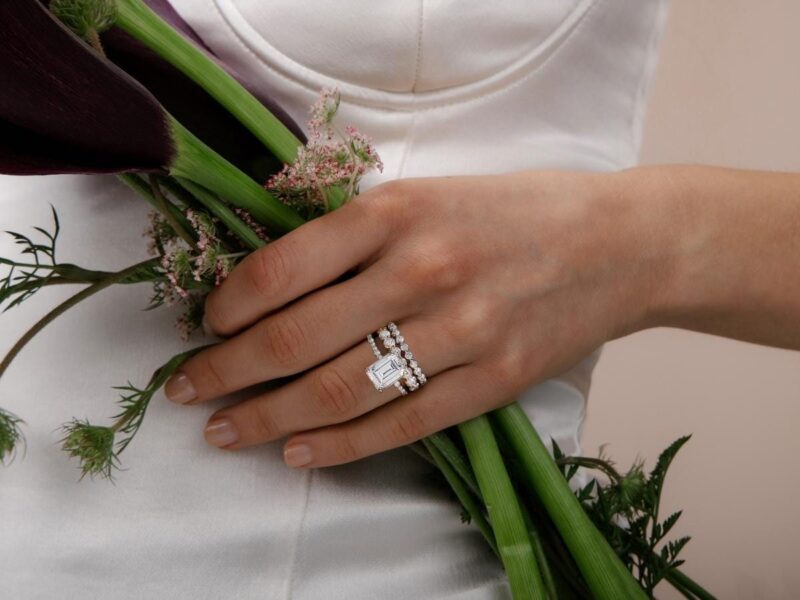
One of the advantages is their affordability compared to natural stones. When setting a budget, consider your financial capacity and prioritize the 4Cs (carat weight, color, clarity, and cut) based on your preferences. You can make smart choices by selecting a slightly lower color grade or compromising on size to achieve a higher cut quality and overall visual impact. Research reputable jewelry retailers and compare prices to find the best value for your budget. With careful planning, you can discover a stunning lab-grown gem ring that fits your financial constraints.
Conclusion
Choosing the perfect lab-grown diamond ring involves considering several factors, including composition, shape, carat weight, metal options, color, clarity, cut quality, and budget considerations. By understanding the advantages, you can make an ethical and sustainable choice without compromising on beauty or quality. Consider your style, the wearer’s preferences, and the overall aesthetics to select the right diamond shape, size, band style, and metal. Evaluate color, clarity, and cut quality to maximize brilliance and sparkle. With careful planning and research, you can find the ideal lab-grown diamond ring that reflects your unique preferences while making a positive impact on the world.

